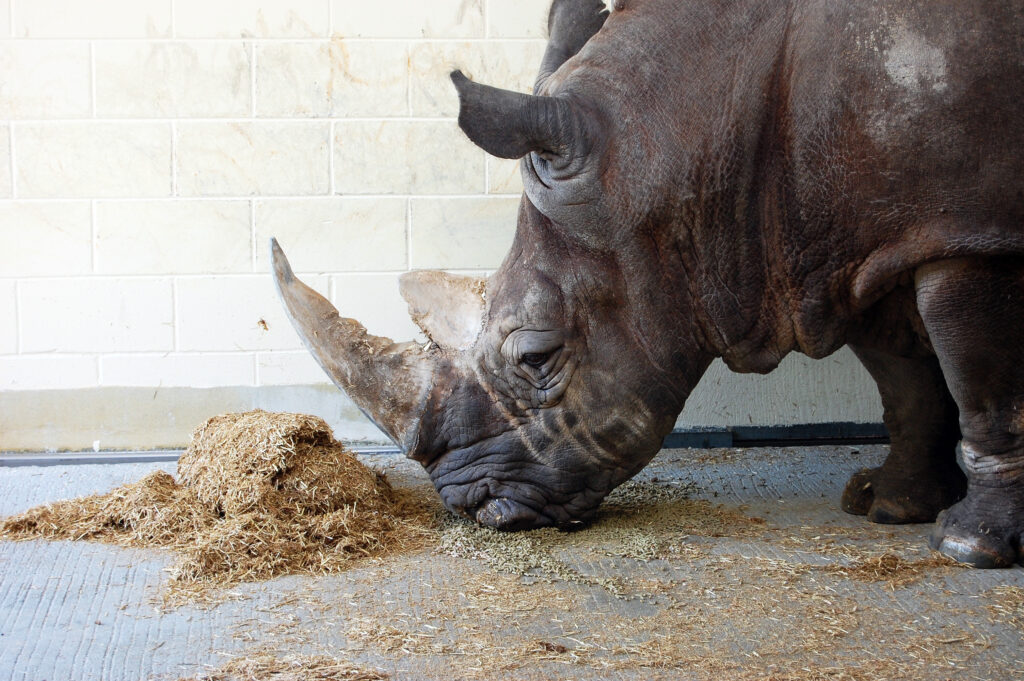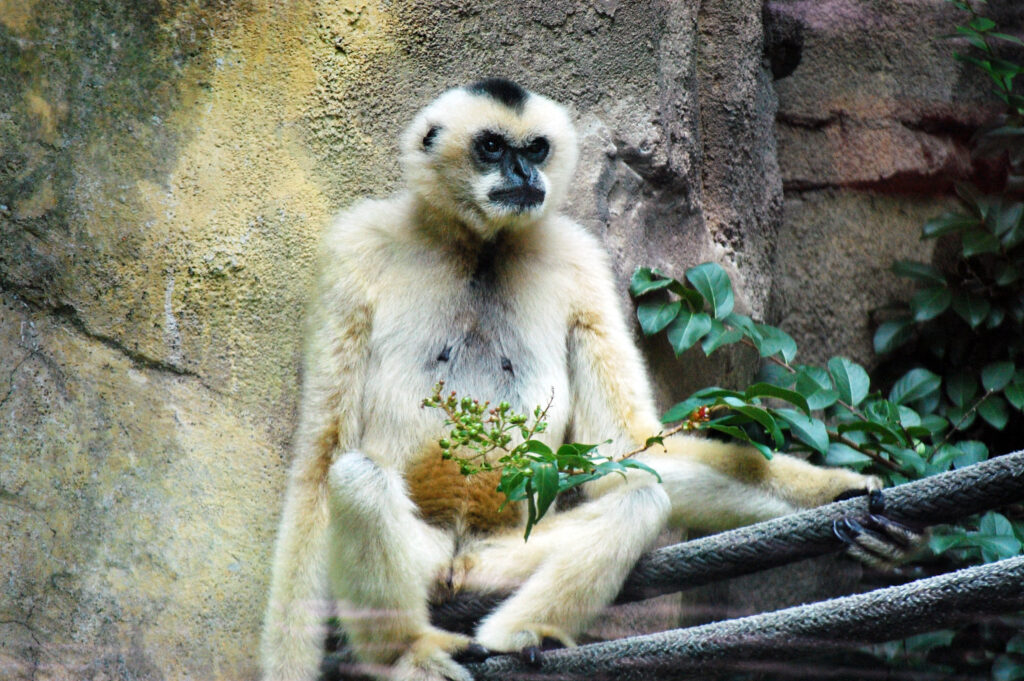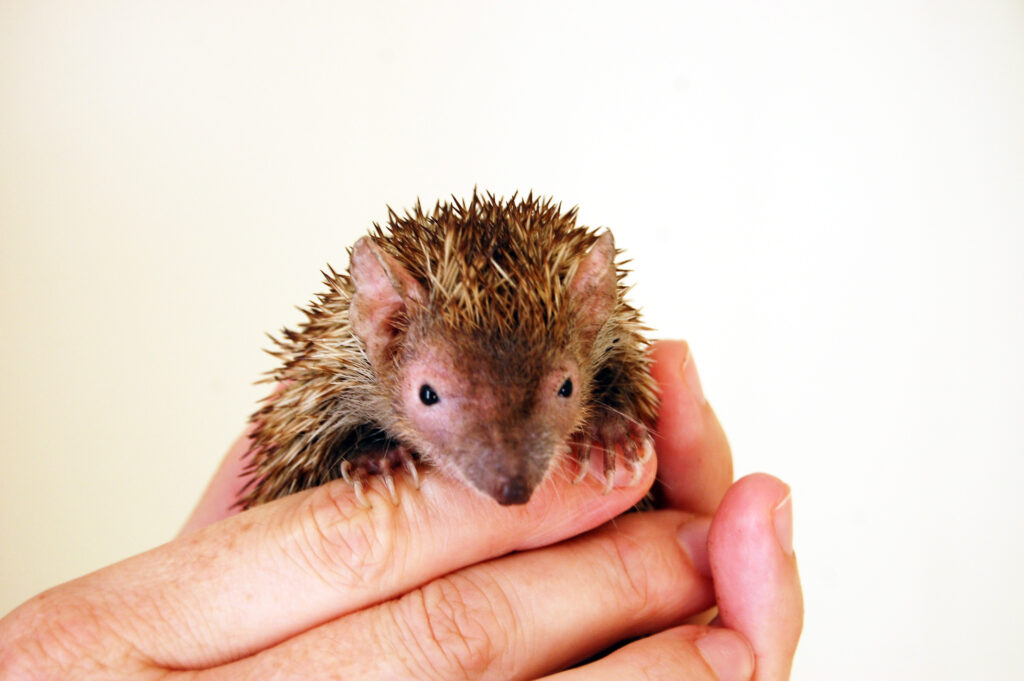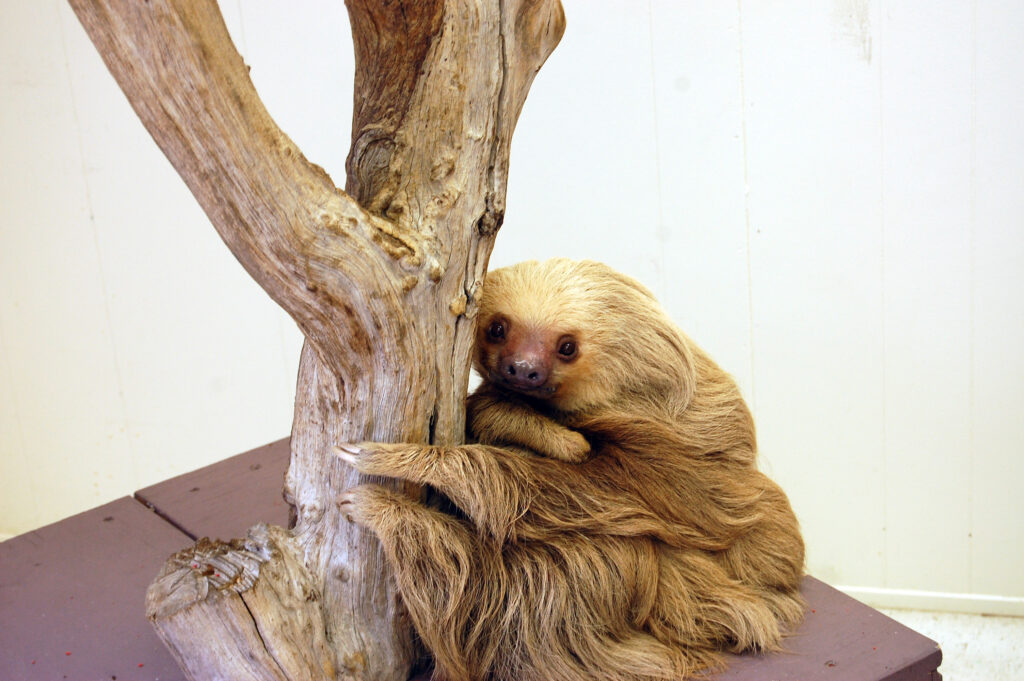How the Zoo cares for its Seniors
Many of the animals who reside at the Virginia Zoo live longer than they would in the wild, sometimes two to three times longer than their expected lifespan! In the wild, an older animal would be easy prey for a predator, whereas in captivity their behaviors can be studied, breeding encouraged and populations can continue to survive and increase to combat extinction. However, as animals age, they acquire similar issues as older humans do.
The most common diseases veterinarians and animal care providers see are cancer, dental problems, degenerative conditions like osteoarthritis, congestive heart failure and chronic kidney disease. The Virginia Zoo’s goal is to maximize animal welfare and monitor quality of life very closely.
There are several things we consider to assess an animal’s quality of life and welfare:
- Can this animal display behaviors that are normal for its species (i.e. grazing, climbing, digging, foraging, etc.) for an average length of time?
- Is this animal interacting normally with Zoo Keepers and/or exhibit mates?
- Can this animal move around normally (without excessive pain or struggle) and acquire food, water and shelter?
- Does this animal have a normal appetite, activity level and normal urine/feces?
Can this animal maintain its normal body weight, clear eyes and ears, and is its skin/feathers/pelage healthy?
The Zoo has many veterinary options to keep an animal free from pain or discomfort, and to prevent problems to increase the quality of life. This is a case-by-case basis, depending on the animal, issue and treatment course, which could include fluid therapy, dietary modifications, heart or pain medications. All of these choices improve animal lives – just like a human’s medical doctor.
Let’s meet a few the Zoo’s seniors and how the Zoo’s Veterinary Staff care for their conditions.
Alfred, a White rhino, is one of the oldest in captivity at the age of 48. He is treated for arthritis with daily pain medication. He receives specially chopped hay so it’s easier to eat.
Asia is a female gibbon who is 42 years old. She has arthritis in her knees and receives daily glucosamine and chondroitin supplements. Her Keepers provide her with softened food and supplements to maintain an ideal body weight.

Snickers is a Programs Education rabbit who is around 11 years old. She has dental disease and receives special food. The staff has found cataracts in her eyes, which are monitored closely.

Teddy is a Programs Education tenrec who is just over 11 years old. The veterinary staff treats his dental disease with antibiotics and performs dental work as needed.
Dudley the two-toed sloth is just over 37 years old. The staff monitors his weight closely and hand feed him especially easy-to-eat food items due to his dental issues.